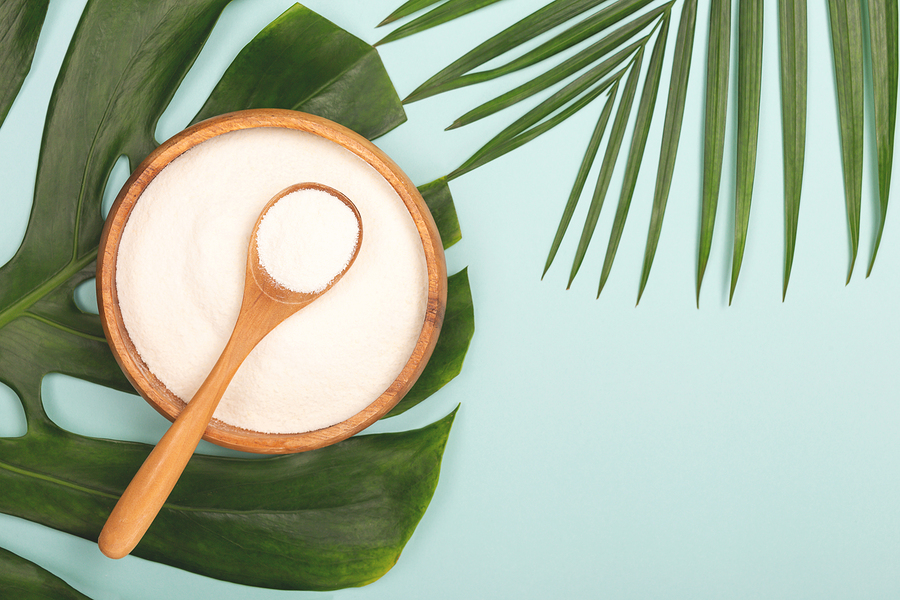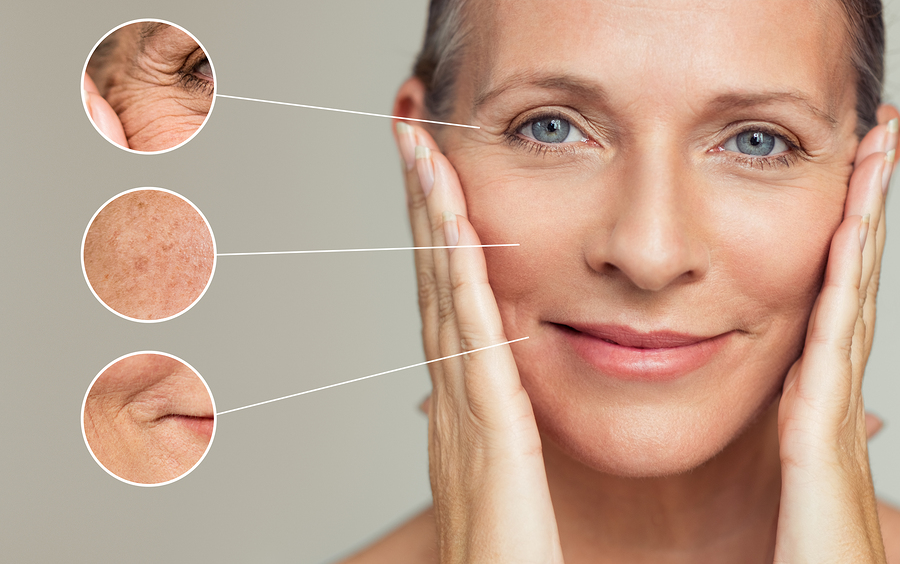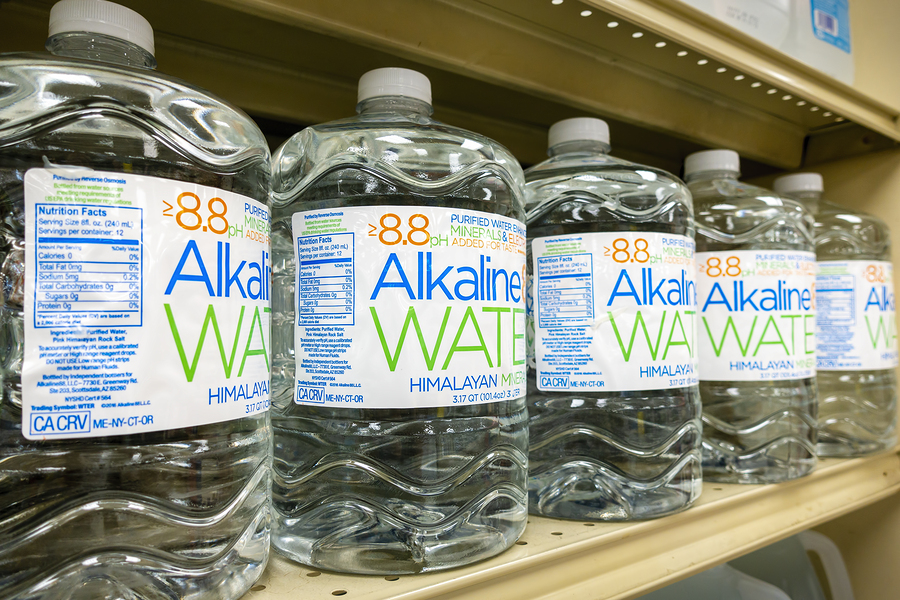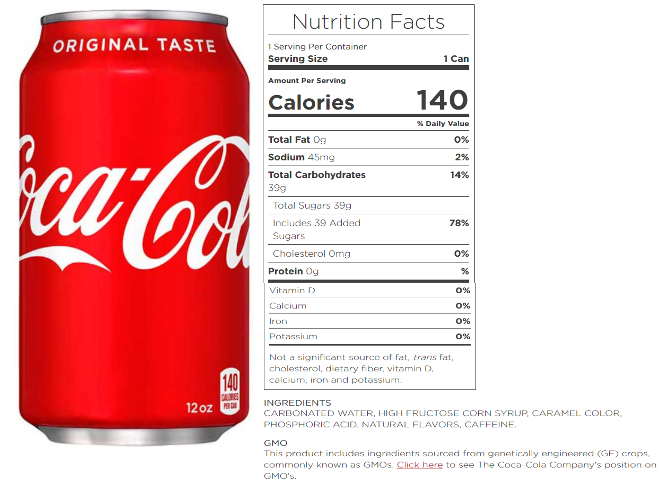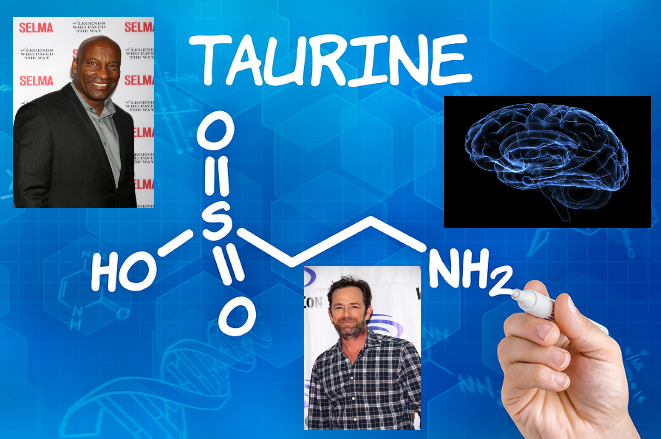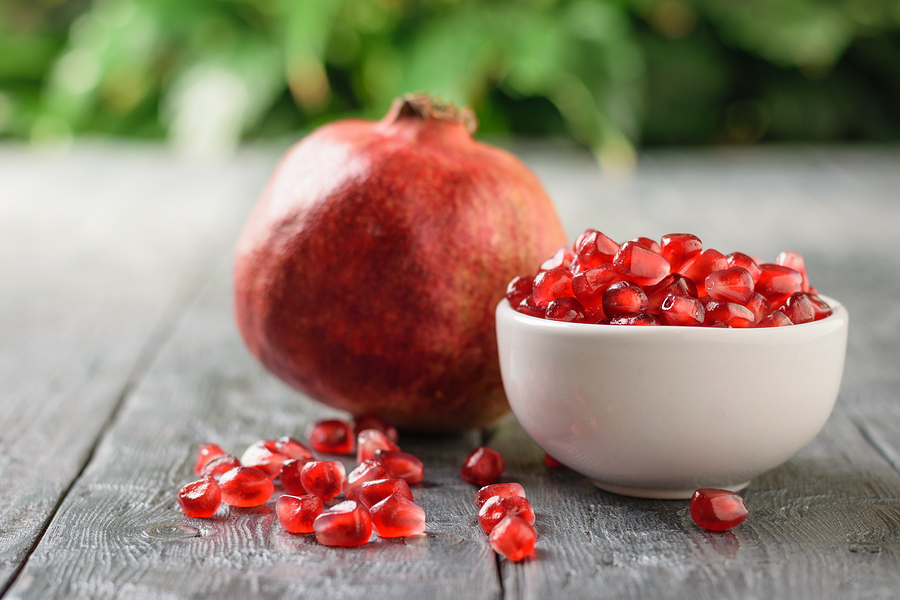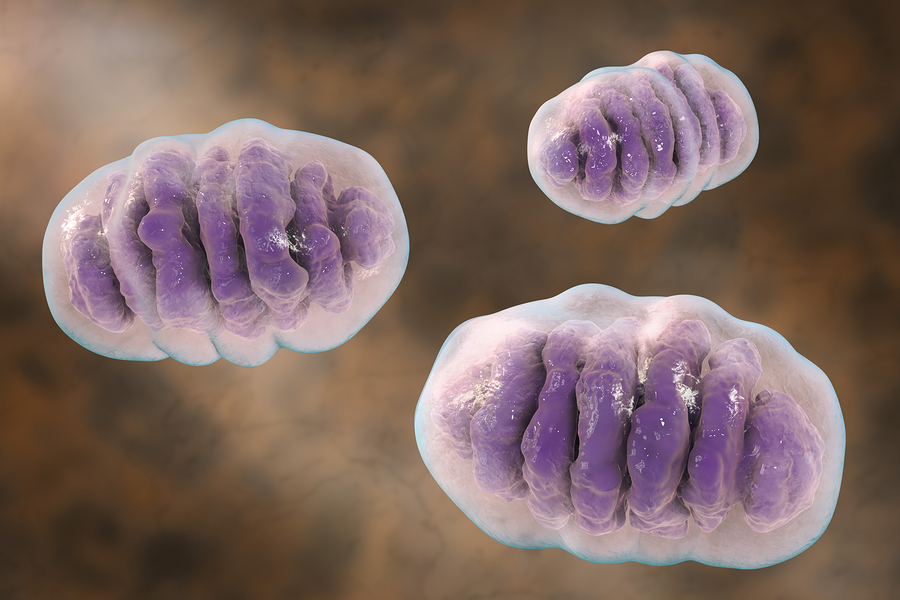Twenty years ago the idea of topical peptides for youthful skin was just an idea. Fast forward to today and the use of topical peptides for youthful skin is a reality. This article will help you understand what peptides are and how they can be used to reverse the aging of your skin.
There are three main factors that damage your skin. They are:
- Sun Exposure
- Air Pollution
- Advanced Glycation End Products or AGEs
Most people understand how sun exposure and air pollution can potential damage your skin. What is poorly understood are AGEs. These form when glucose attaches itself to protein and fats resulting in a very destructive molecule that ages your body.
I’ll do a separate article on AGEs but understand that the standard American diet creates these Advanced Glycation End Products that cause our skin to age faster than it should.
Topical Peptides for Youthful Skin
Peptides are naturally present in young skin. And as we age these peptides decrease in number.
Peptides are fragments of proteins and are made up of amino acids. When these peptides are combined in certain ways, they make specific proteins that are needed to promote growth, organization, and maintenance of your skin cells.
Over the last 20 years scientists have discovered specific peptides called growth factors. Growth factors work to repair and reverse aging and environmentally damaged skin.
Here’s work they work: Read More →
